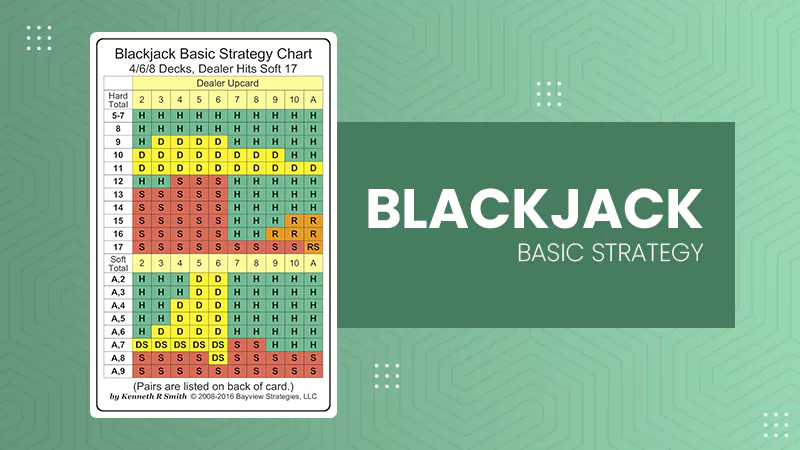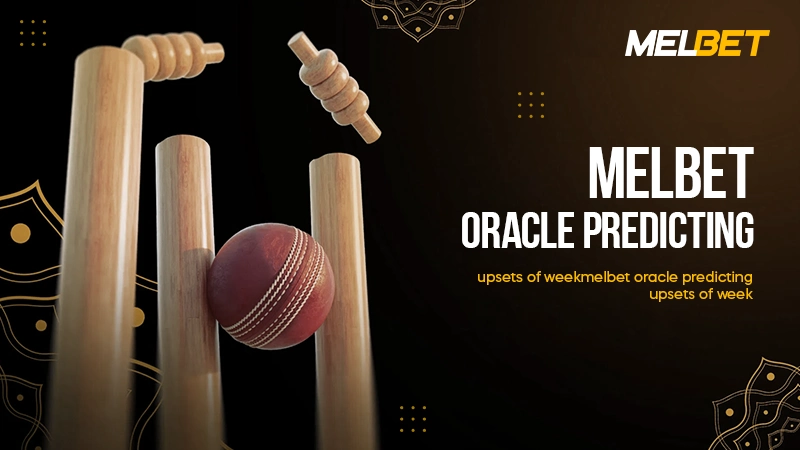
The Martingale Method: How It Works and Its Relevance

The Martingale method appeared long before modern gaming. Its roots go back to the XVIII century, when game players were looking for a system that could bring a guaranteed profit. The principle is simple: after each loss, the amount is doubled, and the first win compensates for previous failures and brings a profit equal to the original amount.
Over time, the strategy has moved beyond roulette and has become popular in sports gaming. The only question is whether the method really works. After all, gaming platforms, including 1Win App, offer different limits, dynamic odds and restrictions on maximum amounts. In the following sections you will find out whether you should use the Martingale system in gaming, what the risks are and whether the strategy has viable alternatives.
How does Martingale Strategy in Sports gaming work?
In game Martingale method is applied to games with odds of 50/50 – for example, on red or black in roulette. But sports gaming is different: the odds are constantly changing, which affects the effectiveness of the strategy.
In the classic variant, the player plays on the outcome with odds of 2.00 and doubles the amount after each loss. The first win covers all costs and brings profit equal to the initial size. Let’s see how it works on cricket gaming.
Suppose a user decides to use the Martingale system with odds of 2.00. He plays a first amount of ₹500 on Mumbai Indians winning against Chennai Super Kings.
1st game: ₹500 on Mumbai Indians (odds 2.00) → lose. After the loss, the amount of the next amount is doubled. He plays ₹1,000 on Royal Challengers Bangalore (odds 2.00) and loses again. The player now has to spend ₹2,000 to cover the previous expenses.
The third game is on India vs Pakistan in the T20 World Cup (odds of 2.00), which brings the first winnings of ₹4,000. The total cost of the chain will be ₹3,500 (₹500 + ₹1,000 + ₹2,000) and the net profit will be ₹500.
What affects the performance of the strategy:
- Quotes. If the odds are below 2.00, the winnings will not cover the previous expenses and the system will give a loss. For example, if you play ₹2,000 at 1.90 odds, the winnings will be ₹3,800 and the costs are already ₹3,500 – a bankroll on the brink.
- Limits gaming platforms. In a game, doubling up can be done indefinitely, but gaming sites set limits. For example, the maximum amount may be limited to ₹50,000, which will not allow you to continue doubling in a long losing streak.
- Bankroll size. If the initial amount is ₹500, after 5 losses, the player will have to play ₹16,000 and after 7 losses, ₹64,000. This is the kind of budget not everyone has.
Martingale strategy works only in short series and at odds from 2.00. But a long series of defeats threatens bankruptcy, and the limitations of gaming platforms prevent endless doubling of the sum.
Using Martingale in Cricket gaming
Unlike football and tennis, cricket matches last longer and teams have more predictable results. World ranking leaders rarely fail over long distances, making long losing streaks less likely.
Why cricket is a good fit for this strategy:
- Analysing statistics gives you a serious advantage. In cricket, you can predict the outcome based on the form of the teams, the condition of the players and the pitch characteristics. For example, India, Australia and England are consistent on the international stage, while the IPL has clear favourites who dominate year after year.
- The variety of tournaments allows you to choose convenient matches. Championships with more games offer more gaming opportunities: Indian Premier League (IPL), ICC T20 World Cup, The Ashes.
What kind of amount can I place? The most obvious option is to play on a win. For example, if India plays against Bangladesh, gaming platforms will give odds of about 1.50-1.60. This reduces the effectiveness of the strategy, because a doubled amount will not cover the losses.
An alternative option is to play on run totals. For example, if a team is consistently scoring 170+ runs in T20s, you can play on a higher total. The main thing is to keep the odds in the range of 1.90-2.10.
gaming on the individual performance of players is equally favourable. For example, Virat Kohli consistently scores 50+ runs in important matches. If a gaming site gives odds of 2.00 on a total over 45.5, this can be used in the strategy.
What are the Alternatives?
The Martingale method seems simple, but the distance is fraught with huge costs. In a long series of losses, you can quickly lose your bankroll, and the limits of gaming sites will not allow you to endlessly double your amount. Therefore, many players use adapted strategies.
Soft Martingale
Instead of doubling the amount after a loss, it is increased by 50%-75%. This reduces the strain on the bankroll and gives you a better chance of surviving a long series of failures. For example, if the first game is ₹500, after a loss the next game will be ₹750, then ₹1,125 and so on.
Flat Gaming
One of the most conservative approaches. The amount remains fixed, regardless of the result of the previous game. For example, a player play ₹1,000 in every match and does not increase the amount even after a series of losses. This reduces the probability of a large minus, but requires a competent analysis of the matches.
Fixed Interest from the Bank
Here the amount size is linked to the total balance. For example, a player allocates 5% of the current bankroll to each game. If the bankroll is ₹20,000, the first amount is ₹1,000. After a win, the amount increases and after a loss, the amount decreases. This approach prevents bankruptcy and helps you adapt to a series of failures.
Alternative strategies reduce risks and allow you to stay in the game longer. Classic Martingale requires too much investment, while light variants give you more control over your bankroll.











